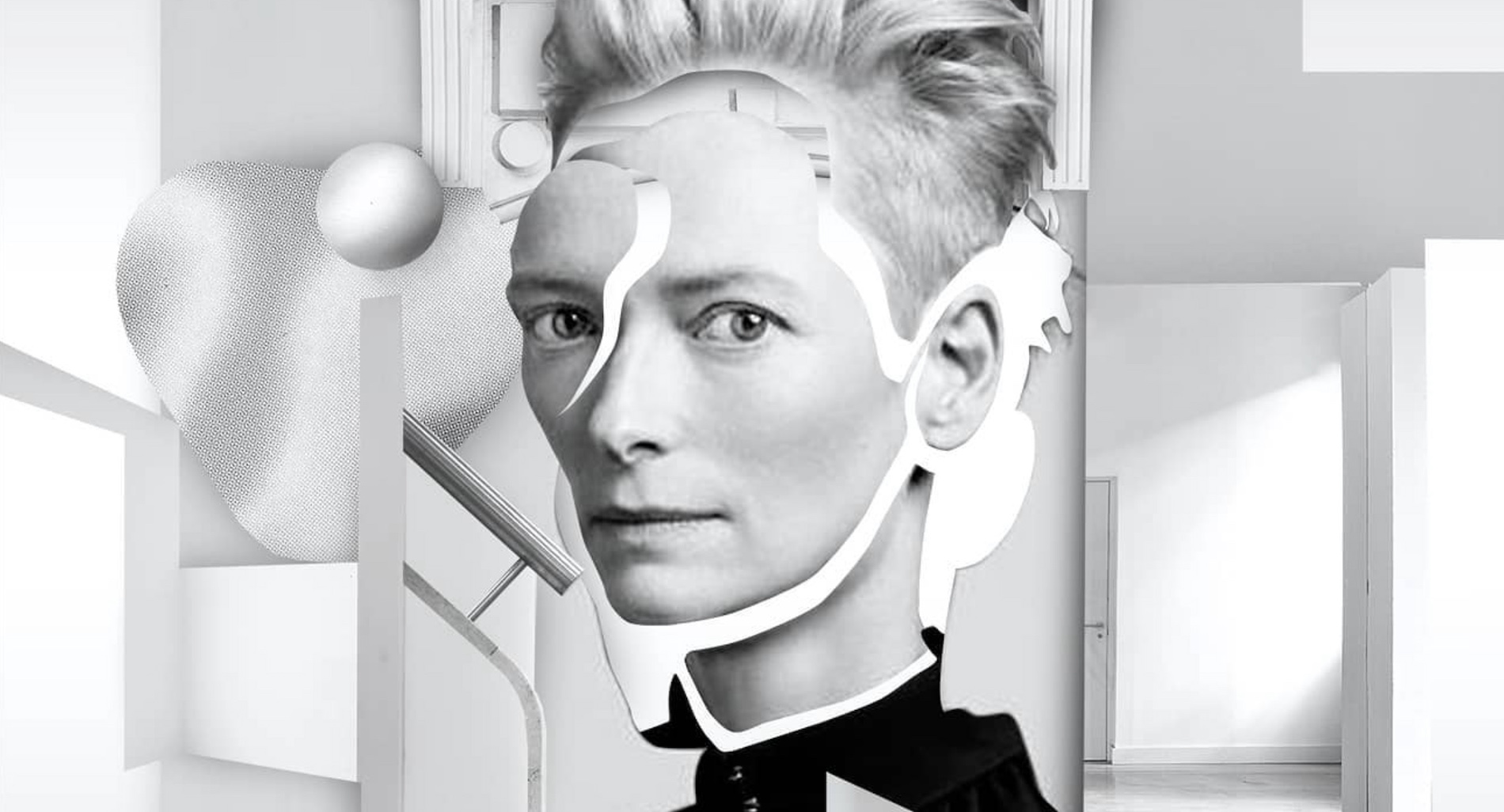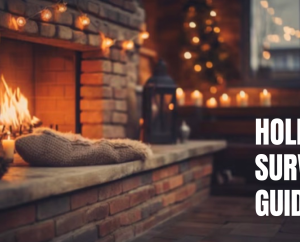You weren’t always working as an artist. When would you say your career as a creative started?
I have always felt a certain creative spirit since I was a child. I loved the fantasy of creating in the privacy of my room, but due to circumstances and a specific interest in politics, I ended up studying law. Nevertheless, the creative seed was in me, and it was only a matter of time before it grew and I became professionally interested in other subjects, such as book and magazine publishing, graphic design, photography, and collage.
At the time I moved to Madrid, my environment was 100% creative, filled with artists, designers, and people in fashion. In this context, I allowed myself to set free from feeling like a stranger in a world that was mine too. Looking back, I can see that the Impostor Syndrome is something that some of us carry longer than we would like to.
Even though I always identified myself as a “digital person”, I had somehow managed to reserve a very strict plot in my work where collage could only be created in a traditional way. As if I was committing a sort of blasphemy by working on it through a digital process, no matter how small. It was an absurd self-imposed pressure that ended up going away with time, and as I saw the possibilities that opened up with digitalizing my creations.
Times are changing. In the past, it wouldn´t have been rare to see promotional billboards with the work of digital collage artists. What do you think is changing that is prompting brands to reach out to creators like you?
The problem I see is that for a long time, collage has been considered a minor art, like a simple technique to be used within a larger creative process and not as a final artistic product. I don’t want to say this has been the norm, but in a way, the use of collage as a mass communication tool developed recently.
Collage has the capacity to tell stories and is a generator of new flexible scenarios. I think it’s an art form that is finally taking its rightful place. And I also believe its coexistence with digital techniques like video or 3D, allows interesting developments that brands don´t want to miss.
Our audience is mostly made up of digital designers, who very often work under time constraints, but are also pushed to deliver highly creative and state-of-the-art products in short time frames. Do you have any recommendations for them on how to find inspiration? Or how to keep it going from project to project?
Time pressures are an issue. It’s crazy how a project you initially love, can turn into a nightmare because you can’t dedicate the time it deserves. This creates frustration and creative blocks. In my opinion, the vast majority of digital creators work under extreme time constraints. In addition, we should consider that some designers have to work in precarious situations too, or even with mental health issues that go unnoticed or even normalized.
When dealing with time constraints, being organized is fundamental. Perseverance, and keeping passion for the work are key, so as creatives, we can continue to love what we do for as long as we want. It might seem obvious, but the relationship with our craft is something that needs to be cared for, so it can move forward and not turn into boring monotony.
To find new sources of inspiration, my recommendation is to keep an open attitude in life and to learn from others and our surroundings. This is how everyday small events can power creativity and add value to our work. Dig into history, the past holds many solutions for our present problems, it’s full of inspiring, groundbreaking, and brave examples that can be a source of pride and inspiration. That is my advice, look back and someone will help you.
There’s something about your works that leaves us in awe. We could easily enter into a meditative state when looking at your animated collages. Watching your pieces makes us want to try it ourselves! How do you go about creating a piece?
I experiment a lot mixing digital with analog work, like scanning textures or pieces and creating “libraries” of elements that I later use in compositions. This process allows me to play with many variables, some as primary as color or size. In the creation of new scenarios, I enjoy thinking that a flat image can evolve into something with new life to it, like a video with movement, or become a fuller 3D piece. My process will sometimes involve taking pieces I did in the past and transforming them into something alive that reaches new spheres. That feels like giving new life to an old item, like painting over a painting.
throat singer Shina Nova, by Rafafans
What are the best commissions you have ever worked on? Why?
It’s a difficult question (laughs). There are many projects that I loved working on throughout the entire process: from ideation to publication. Those keep bringing me joy after years.
Other commissions especially excited me for personal or sentimental proximity to the brand or the project itself, especially when creative freedom and mutual respect for the work, are essential from the beginning in the relationship with the client.
A few examples are the campaign I did for Armani’s 40th anniversary, my collaboration with Sonia Rikyel, whom I admire since I was a child, and public campaigns, like the one for the Barcelona City Council. I feel very fortunate with the opportunities I’ve had so far.
Who do you admire and follow? Do they play an influential role in your work? Could you share with us some of their work?
Usually, I’m more engaged with the work of artists from the 19th century. People who broke the molds, like Jean Cocteau, Hannah Höch, Maruja Mallo, and Elsa Schiaparelli. When I’m “lost on the road” and need to get back on track, I turn to the “classics” to give me some light.
I also admire contemporary creators like Lyle Reimer and his work with portraits and masks, Erik Winkowski‘s wonderful videos, and Nicole Mclaughlin‘s fashion-object interpretations.
Rafafans is a Spanish creative director and artist, based in Madrid. His work bridges his artistic practice, in which collage plays a leading role as a language to produce unique pieces on paper, but also an ongoing exploration of new formats and techniques involving the digitalization of hand-made works.
Follow Rafafans on Instagram or visit his website.
Cover image: Deconstructed portrait of actress Tilda Swinton, by Rafafans.




